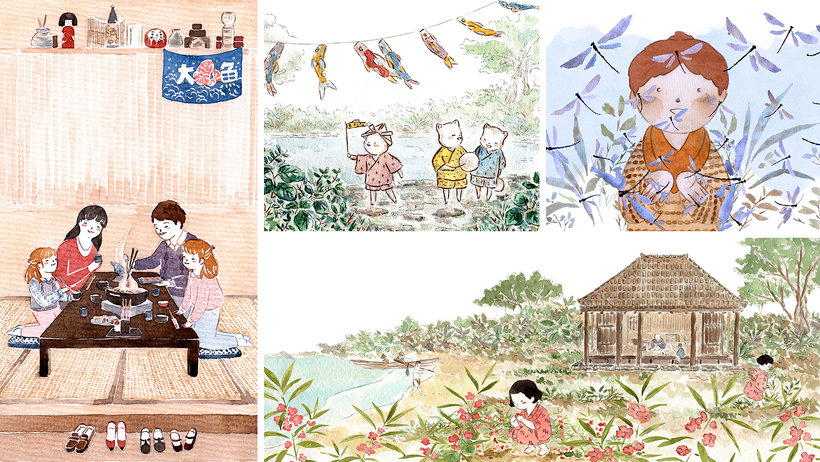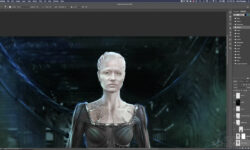Watercolor Illustration with Japanese Influence (Spanish, Multisub)
Release date:2022
Author:Flor Kaneshiro
Skill level:Beginner
Language:Spanish
Exercise files:Not Provided
Give your drawings an ancient identity with the Sumi-e painting technique
Sumi-e is a monochrome illustration technique centered around the use of India ink which originated in China and was introduced in Japan in the mid-fourteenth century. Flor Kaneshiro is an Argentine illustrator with Okinawan roots who specializes in this art form. Her drawings have been exhibited in Argentina, Japan, China, Peru, and the United States, and she has collaborated with publishers such as Quipu, Periplo Ediciones, and Palabras Aladas.
In this course, Flor teaches you everything you need to know about Sumi-e and how to create your own illustrations by combining the basics of watercolors with Japanese-style brushstrokes.
What will you learn in this online course?
Start by getting to know a bit more about Flor, her Okinawan roots, and her professional career as an illustrator. See some of her biggest influences and the people she admires, from illustrators to film directors.
Continue with an introduction to the history of Sumi-e to give you some context about this illustration technique. Look at some examples of simple compositions in this style before covering the tools and materials you need for the course.
Run through a few watercolor exercises to experiment with your first strokes and learn to work with colors and whitespace in a composition.
Next, get to know the Japanese side of watercolors. Flor shows you the fundamental brushstrokes used in this style and explains the importance of pressure, speed, and direction. She also introduces you to the “Four Gentlemen” of Sumi-e, known as the bamboo, the orchid, the chrysanthemum, and the plum blossom, to help you practice the roots of this art form.
Now it’s time to start working on your final project. Search for reference materials to use as inspiration for your illustration.
Draw your first sketches and try to incorporate elements of storytelling. Choose your favorite composition and recreate it on watercolor paper with soft lines to give you more flexibility when adding color.
Tape the sketch to your work surface, do some tests to decide what colors you want to use, and then get to work. Begin by painting the background, move on to the middle ground, and finish with the foreground, progressing from lighter tones to more saturated colors. Finally, paint your characters into the illustration and create contrast with the background by using a thin brush to outline the parts you want to highlight.
Once dry, scan your illustration and import the digital version into Adobe Photoshop. Flor gives you a brief overview of the program and shows you some useful tools for editing your work. Clean up your illustration and enhance the colors while trying to maintain the essence of the original version.
To wrap up the course, Flor shares some tips that she’s picked up over the years from other illustrators, animators, artists, editors, and friends.
What is this course’s project?
Create an illustration that tells a story applying what you’ve learned in the course about watercolors and Japanese brushstrokes.
Who is this online course for?
Illustrators, designers, and anyone interested in drawing, illustration, and watercolors.
Requirements and materials
No prior knowledge is needed to take this course.
The material list includes paper for sketching, HB, 2B, and 5B pencils, an eraser, a pencil sharpener, 250 GSM and 300 GSM watercolor paper, watercolors in pans or tubes, soft round watercolor brushes in sizes 0, 2, 8, and 14, a ceramic or plastic palette, paper towels, a spray bottle, masking tape, and water.
You also need a computer with Adobe Photoshop and a scanner to digitize your work.





 Channel
Channel





